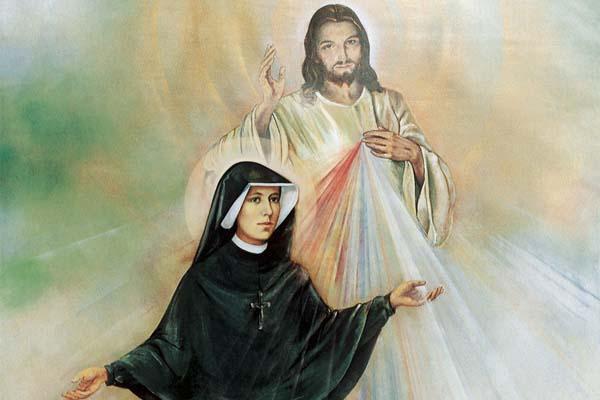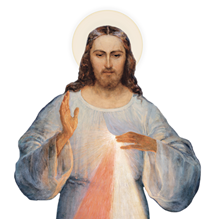
A weekly series by Robert Stackpole, STD, the Director of the John Paul II Institute of Divine Mercy
WEEK 24: St. The Spirituality of St. Catherine of Siena
Prayer and Asceticism
Catherine (whose feast we celebrated on Apr. 29) was clearly a mystic of the highest order, and she lived a life saturated with prayer. For example, in 1370, when she was 23 years old, Christ answered her earnest prayer that He take her heart and give her His own instead. She insisted to her confessor that a mystical exchange of hearts with Christ really happened after that, and her companions testified that they had seen the wound in her side as a sign and testimony of what Christ had done for her. Obviously, this outer sign of the wound was symbolic of a deeper, mystical union with God that Christ had given to her (not a sign of a physical heart-transplant).
Catherine's spiritual teaching can be summed up in a few lines that she wrote to one of her disciples (as quoted in Thomas Maynard, Saints for Our Times, Image Books, 1955, p. 77):
Build yourself a spiritual cell, which you can always take with you, and that is the cell of self-knowledge; you will find there also the knowledge of God's goodness to you. There are really two cells in one, and if you live in one you must also live in the other, otherwise the soul will either despair or be presumptuous; if you dwelt in self-knowledge alone you would despair; if you dwelt in knowledge of God alone you would be tempted to presumption. One must go with the other, and thus you will reach perfection.
St. Catherine was also a remarkable ascetic. She wore a hair shirt until she found it impossible to keep it clean; then replaced it with a still more painful iron chain around her waist. During her adult life she usually slept less than one hour every night, and took almost no food at all: Holy Communion was often her only sustenance throughout the day. To some extent, she did all this out of penance for her sins, and in order to be the master of her bodily appetites and passions.
However, her minimal food and sleep seem not to have been voluntary penances at all: rather, she seemed to be guided by God to withdraw herself from the flesh in this way, and in any case, by His grace she did not seem to want or need much of either. She writes in a letter to a friend in Florence: "I have prayed constantly, and do pray God and shall pray Him, that in this matter of eating He will give me grace to live like other creatures, if it is His will " for it is mine" (Maynard, p. 72).
'Tough love'
It may be that these deprivations hastened her death (she died at only age 33), but it is also a fact that she was a woman of remarkable energy, humility, tenderness, and even, at times, holy imperiousness (i.e. "tough love"). She also crowded more "achievements" into her short life than most people who live twice as long. Today we might focus more on interior mortification of the will, and on keeping our bodies healthy for the service of the Lord, rather than on bodily mortifications.
Nevertheless, it may be that the Lord used extraordinary means with Catherine to produce a saint of extraordinary gifts " including a personality of extreme toughness, who could courageously stand up to Popes, emperors and kings with the gospel truth. Moreover, the fact that her soul was obviously so freed from bodily distractions may have helped her to receive special guidance from the Holy Spirit in the mysteries of the spiritual life. More on this point later.
Literary Output
In addition to a few hundred personal letters, St. Catherine is also noted for writing a great spiritual masterpiece, The Dialogue, which she dictated to three secretaries while she was in a state of mystical ecstasy over a period of five days (from October 9-13, 1378). One of her scribes who was witness to all this, and participated in the event, gives us the following description of what transpired (Maynard, p. 68):
She dictated now to one, now to another, now hiding her face in her hands, now looking up to heaven with her hands crossed, and at every moment she was rapt in ecstasy, yet she continued dictating. But now it happened that she said some words addressed to only one of us, and each of us thought they were addressed to ourselves in particular, and we all wrote them down.
It is utterly remarkable that such document could have been "dictated" at all, given the richness and complexity of its teachings and metaphors " and remarkable too that it could have been accomplished in only five days, since the work is over 300 pages long! The Dialogue is distinctive in two additional ways: First, it is a dialogue mostly between her soul and God the Father (rather than with Christ, who is the usual "dialogue" partner for Christian mystics), and second, the whole work is centered on the theme of Divine Mercy.
This series continues next week on the theme, "The Bridge of Mercy - and Canticle of Mercy"
Robert Stackpole, STD, is the director of The John Paul II Institute of Divine Mercy.
{shopmercy-ad}

















